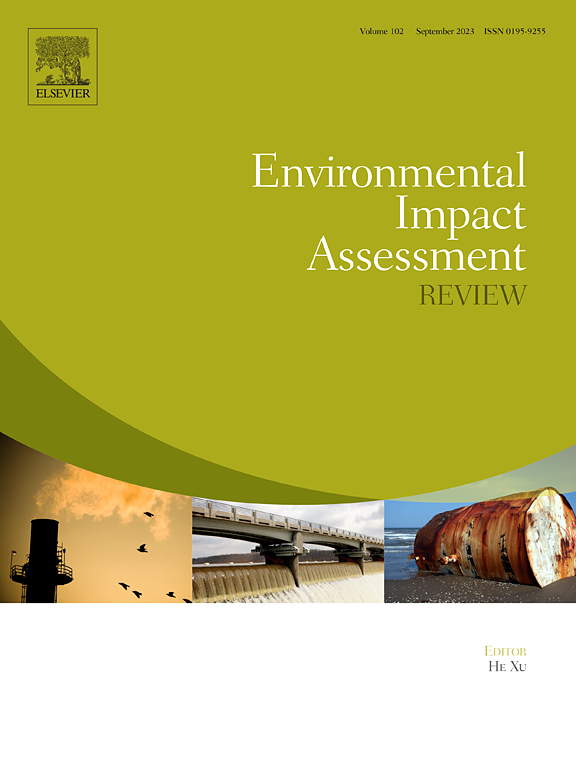A holistic approach to assessing visitor numbers on protected Natura 2000 beaches: The case of Western Peloponnese, Greece
IF 9.8
1区 社会学
Q1 ENVIRONMENTAL STUDIES
引用次数: 0
Abstract
Expanding on visitor carrying capacity estimations, this study developed a tailored approach to determine the maximum daily visitation numbers for twelve beaches within the Natura 2000 network on the western coast of Peloponnese, Greece. The methodology includes spatial delineation of beach sections for seasonal use, integration of environmental and social parameters and compliance with the national legislation for the evaluation of various carrying capacities estimates: Physical, Real, Efficient and Social. Unique to this study is the incorporation of the social dimension and legal constraints for coastal use in protected zones, previously omitted in such methodologies. The loggerhead sea turtle (Caretta caretta) and the sea daffodil (Pancratium maritimum) are key parameters due to the high density of nests and populations correspondingly on the beaches. Additional parameters include beach pathways, parking spaces, susceptibility to erosion and duration of sunlight. A comparison of the physical and efficient carrying capacity related to the seasonal infrastructure reveals the overexploitation by the coastal tourism sector. The social carrying capacity index is used as an additional tool to assess the perceptions of visitors regarding possible changes in visitor numbers at the study beaches. This framework showed that most of the studied beaches are experiencing increased anthropogenic pressure.

求助全文
约1分钟内获得全文
求助全文
来源期刊

Environmental Impact Assessment Review
ENVIRONMENTAL STUDIES-
CiteScore
12.60
自引率
10.10%
发文量
200
审稿时长
33 days
期刊介绍:
Environmental Impact Assessment Review is an interdisciplinary journal that serves a global audience of practitioners, policymakers, and academics involved in assessing the environmental impact of policies, projects, processes, and products. The journal focuses on innovative theory and practice in environmental impact assessment (EIA). Papers are expected to present innovative ideas, be topical, and coherent. The journal emphasizes concepts, methods, techniques, approaches, and systems related to EIA theory and practice.
 求助内容:
求助内容: 应助结果提醒方式:
应助结果提醒方式:


